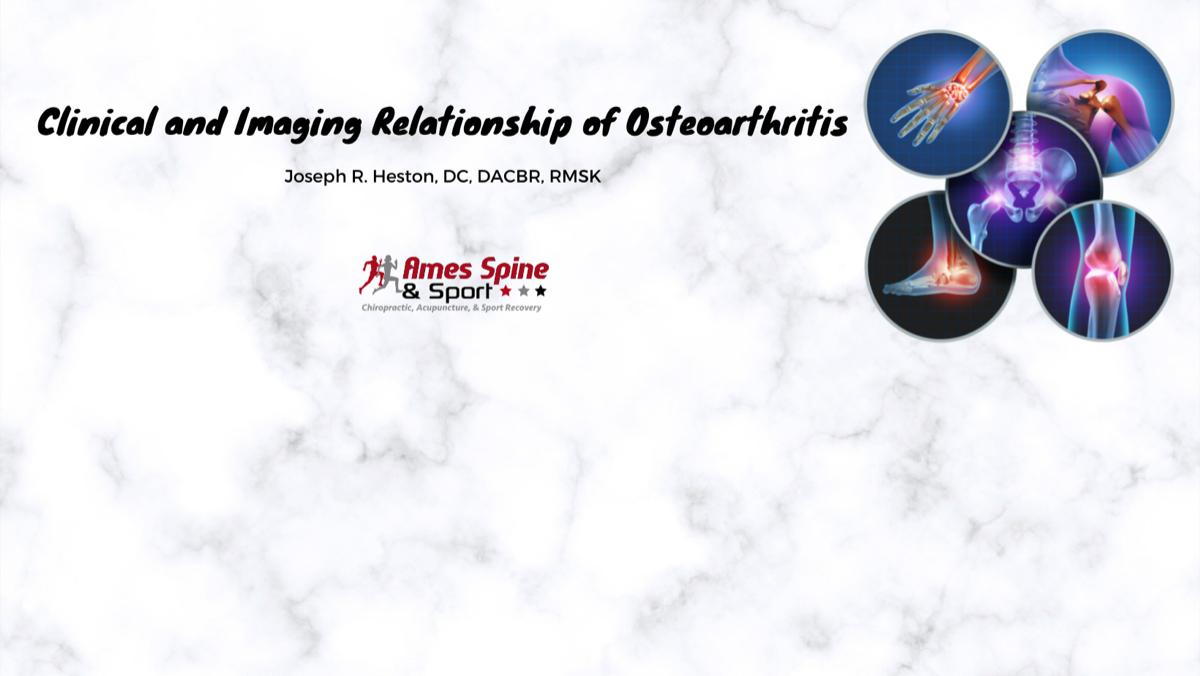
One of the most utilized diagnostic imaging modalities in our world today is still relatively young in that it has only been around for a little over 120 years. While we have come a long way since Wilhelm Roentgen developed the first x-ray in 1895 x-raying his wife’s’ hand to create the first image of bones (kind of a jerk move using your wife as a Guinea pig in my opinion), x-rays are still the main workhouse for healthcare providers today and is often the first line of medical imaging performed before utilizing MRIs, CTs, PETs, etc.
The main benefit of x-ray is both its versatility in evaluating different pathologies while also being readily available and reasonably affordable compared to other modalities. A common finding on many x-rays as people age is osteoarthritis which is also known as degenerative joint disease. Unlike other types of arthritis like rheumatoid arthritis or gout, osteoarthritis will often have a poor correlation with the type of pain or severity of pain and symptoms reported by the patient. This can further create problems for patients as providers as the doctors will end up “treating the image” and forget to “treat the patient.”
The best example of this is something I see often on new patient visits in older populations. They will come in complaining of neck, back, knee, etc. pain looking for some relief and will often report they have had previous imaging done that shows “bone on bone” osteoarthritis and that there is nothing that can be done to treat it other than injections or surgery. After I look at the x-rays, I usually concur with most of the impressions on the radiology reports. After ruling our red flags and contraindications to chiropractic care, I will often recommend around 4-6 visits of conservative therapies to see if we can either achieve symptomatic relief or functional improvement (or both) to determine if we are heading in the right direction. More times than not, with conservative therapies alone, we can achieve improvements in patient goals for either less pain, greater functional improvement, or both.
So why would conservative therapies be more effective where other pain management solutions or injections have only partially or temporarily been effective especially if the osteoarthritis is already present on an x-ray? Conversely, I will treat patients who clinically present with osteoarthritis like pain that I would expect to see moderate or severe osteoarthritis on the x-ray, yet when the report comes back, there may be seldom if any degenerative changes seen. So, what do I do for those patients?
The trick is to treat the patient and not just rely on the x-ray alone. Often times we fall into a trap of thinking that if I can see it on an x-ray, there is nothing we can do to prevent it from getting worse, but this is far from the truth. Joint mobilization to allow a functional optimal range of motion without causing progression of osteoarthritis or immobilization is the key to limiting and halting the progression of osteoarthritis. Low impact exercising like walking or light jogging mixed with light to moderate physical activity is some of the most effective self-care treatments patients can do outside of the office. Like most things, the amount of movement will change from patient to patient as too little movement will cause no improvement and too much movement can cause further progression of osteoarthritis.
While from a patient perspective, it is always nice to have an answer or diagnosis to what is causing our problems, the focus should always be on what can be done to help improve patient goals and not allow ourselves to become dependent on our diagnosis especially with a condition like osteoarthritis that tends not to present a true representation of functionality on our normal activities of daily living from an x-ray alone.
